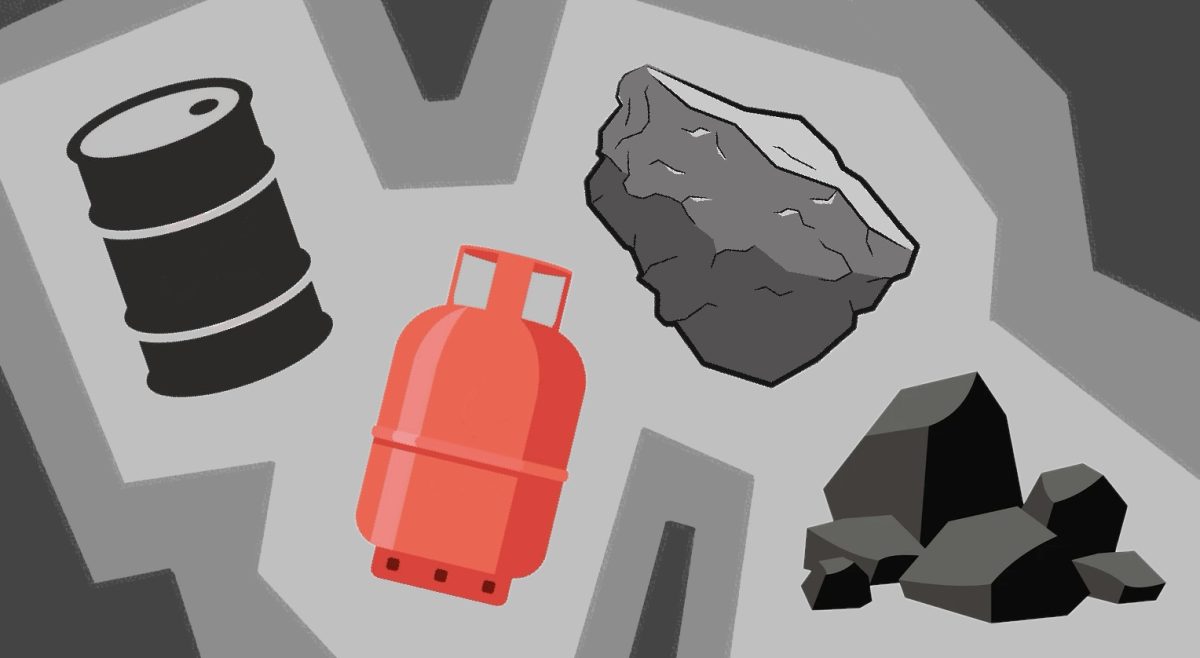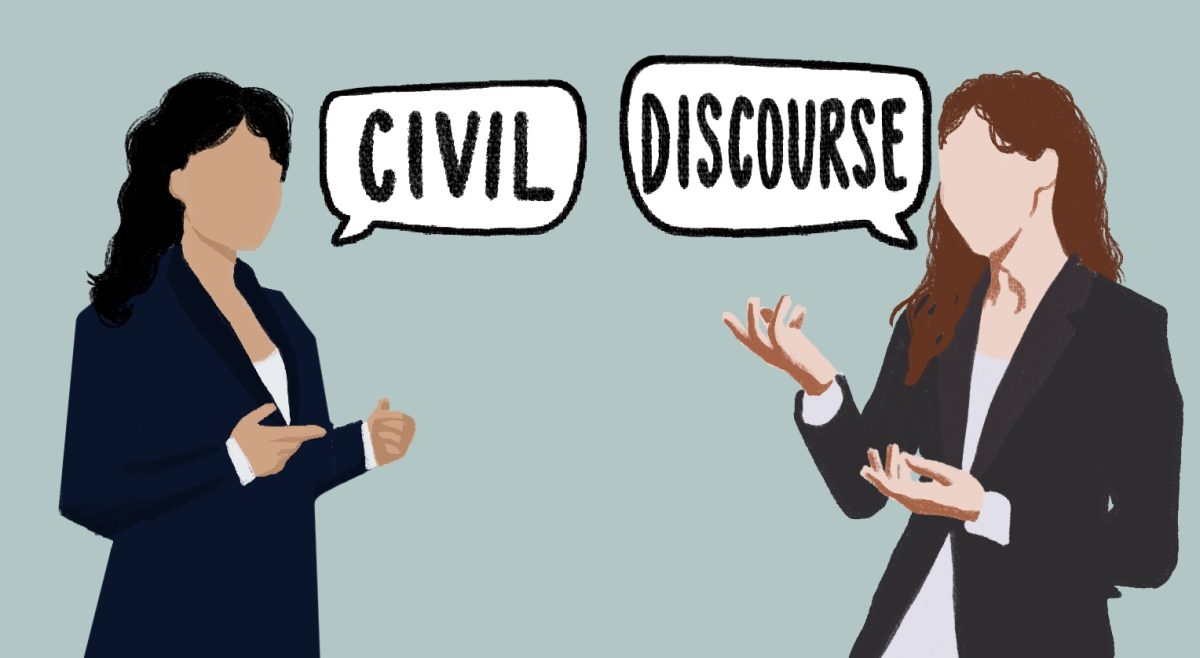Today’s college students grew up in a time when a new edition of Chicken Soup for the Soul popped up in school book fairs each year, often to be purchased by parents and discussed among teachers. While many had been served plenty of Campbell’s chicken noodle during childhood to combat the common cold, they didn’t quite understand serving warm broth to soothe anything but an aching stomach.
When kids grow up, they realize pain can come from more places than a sick stomach or a broken limb. They come to understand that Chicken Soup for the Soul provides a distinct cure for mental and emotional sickness, just as the edible form is a physical remedy. The success of this series has reinforced a trend that has been increasingly standard in the modern practice of medicine: the dichotomy between mental and physical well-being. In so doing, health care practice misses the powerful relationship between psychological and corporeal being and, as a result, fails to properly treat conditions of unwellness.
The sharp line between mental and physical being derives from the Western spiritual belief that the strength of human mental capacity far outweighs that of the physical body. While the body will return to ash, it has been proposed and believed for much of the past two millennia that one’s soul can live beyond its current vessel. As such, the curative options for the body remain limited to bandages that can only perpetuate its health for so long until reaching its inevitable demise. The mind, on the other hand, has the potential for continued life and, as such, its well-being has been addressed with a far different set of curatives: methods for good habit development, positive thinking, or ethical action. By practicing these methods, the strength of the mind can be preserved despite the limited health of the body.
The problem with this hierarchy of mind over body is that it separates the treatments that are considered for mental and physical pain and diminishes the powerful interactive relationship between the two parts of being. This circumvents the fact that physical ailments can be greatly improved in conjunction with treatments created for mental well-being, and vice versa. This is not to say that a burn victim’s scars can be healed through cognitive therapy alone or that a person who was recently dumped can escape his sad thoughts through an improved exercise regimen, but for one field of medicine to ignore or minimize the role of the other is to promote a treatment of the person that is incomplete at best and possibly harmful if it allows for the persistence or even augmentation of unwellness.
Consider the patient who reports to a physician that he is experiencing bouts of nausea, fatigue, or soreness. She will typically be asked a series of questions relating to diet and other wellness habits, a routine checkup of vital signs will be administered, and the doctor will typically give a prescription to alleviate the symptoms. The doctor does not often focus on the personal life of a patient, and therefore could miss a case of mental anguish that may be the underlying cause of these symptoms.
On the other hand, take the case of a person who seeks the help of a psychological professional. He will often be asked to speak to how he is feeling and the events in his life surrounding those feelings that might be working to trigger undesirable emotions. In this instance, the doctor will prescribe some sort of means to manage those emotions and mitigate their effects. The doctor will not commonly provide any type of treatment to address the physical manifestations of the patient’s emotional ailments.
In both instances, the common means of modern medicine fail to address the whole person because of the persistent belief that the body and mind represent different aspects of being, both with a unique medical language and practice. According to this, there is a way of being mentally ill and a way of being physically ill. Each has its own manifestations, and the one takes primacy over the other depending on which medical professional one chooses to visit. In all instances of human pain, however, there are manifestations of physical and mental anguish, and these manifestations are often intimately related. Some cases demonstrate one more than the other, but it is important to recognize that the powerful symbiotic relationship between them can support well-being as much as it can deteriorate it. Therefore, all aspects of health care need to realize and incorporate aspects of both so that the entire person’s wellbeing can be addressed on the road to recovery.
Recently, there have been marked improvements in research and practice that have demonstrated improved results in well-being when aspects of physical and mental therapies are incorporated symbiotically, one improving on the treatment of the other. It is now standard to provide survivors of physical trauma from war or disaster with cognitive therapy. Promising research has shown that the long-term health of microbiota in one’s digestive system can affect one’s emotional state. These are important steps, but these two health care systems have been too far removed from each other for too long, and much more work can be done to synthesize the two. Health care practice should continue to bring mental and physical treatments into communion with each other, improving the speed and quality of care as it addresses the condition of the whole person, both in psychological and corporeal being.
Featured Image by Mel Evans / AP Photo












